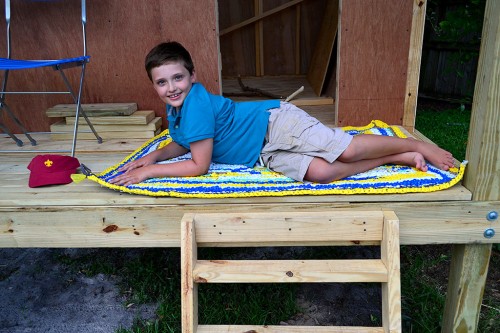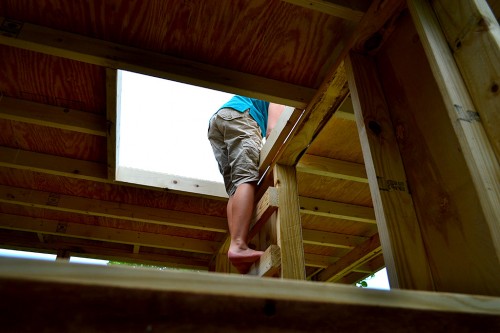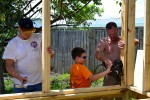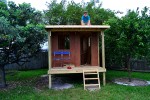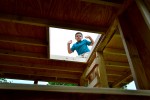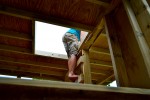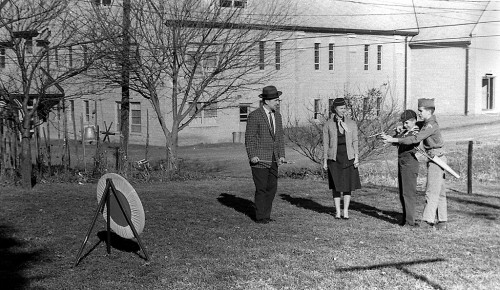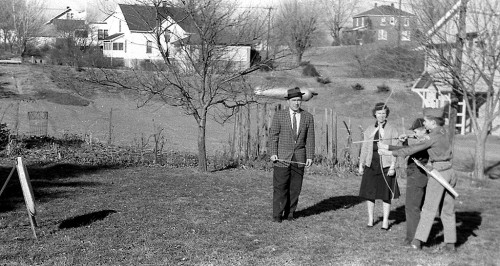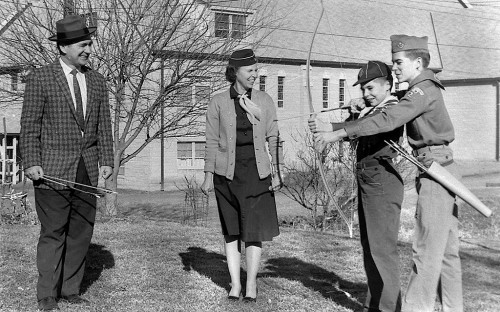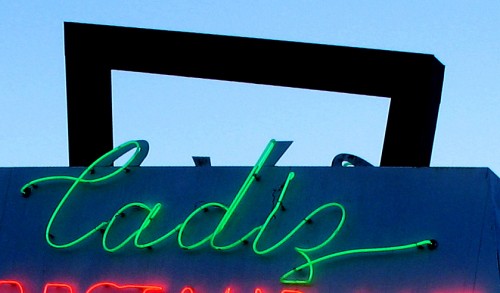
I have two usual routes for getting from Cape to West Palm Beach, depending on my mood. If I want to take the scenic route, I’ll go Cape to Cairo to Wickliffe to Mayfield (KY) to Benton (KY) to Cadiz (KY) south on I-24 to Nashville, where I’ll pick up I-65 to Birmingham and Montgomery. There, I’ll get off the Interstate and cut through Dothan, (AL) until I cross over the Florida line at Mariana. If it’s a busy holiday weekend or bad weather with lots of traffic, I’ll ride I-10 to just east of Tallahassee, where I’ll drop down the center of the state on U.S. 27. Traffic’s generally not as heavy nor as crazy as on the Interstate. In the days when the speed limit was 55 mph, that was my preferred route because I could run about as fast there as the Big Road and there were fewer speed cops.
If I just want to make speed, it’s I-24 to Nashville, climb over Monteagle Pass, then pick up I-75 in Chattanooga and blast on through Atlanta until I pick up the Florida Turnpike in Wildwood, which takes me all the way home. I guess I should amend that. I’ve never “blasted” through Atlanta. Every time I go through that town, I’m more convinced than ever that General Sherman had the right idea.
(By the way the Cadiz sign above has nothing to do with the story. It’s on a nice family-style restaurant off the main drag. I just wanted something that said “Cadiz.” You can click on any of the pix to make them larger.)
All roads lead through Cadiz

All of those routes take me through Cadiz, which is about the place to gas up no matter whether I’m heading west to Cape or east to Florida. I’ve been hitting the same Shell station for probably 20 years. It used to be on the north side of the road, but has moved to the south side and has added a nice gift shop. Many moons ago I won 50 or 75 bucks on a scratch-off lottery ticket, so I always buy another try and pick up some local Kentucky Lake area newspapers. They also have clean bathrooms.
Great, they’re the cheapest station
So, when I was eastbound home and saw my tank was getting lean, I looked at the gas prices signs. Good, my preferred station was $3.59 and the two other stations were a dime higher.
When I stuck the nozzle into my tank, though, I saw the pump price was $3.69, not $3.59. Some stations display a higher price if you don’t pay cash or use a company credit card. I pressed the go button. The price didn’t adjust downward. While it was still dinging away, I walked back to look at the sign and take a picture of it. Yep, it showed $3.59 to eastbound traffic. Curiously, though, it showed $3.69 to the westbound folks.
When the pump shut off, my receipt showed that 15.127 gallons had been pumped at a cost of $3.699 per gallon for a total of $55.95.
“Oh, the sign is wrong”
I went inside to speak with Nice Cashier who said, “Oh, yes, that sign has been wrong for about a month. We keep reporting it, but nobody comes to fix it.”
“That’s not my problem. I pulled in here because I’ve been doing business with you for years and because your advertised price was a dime less than the other stations at this location. I want a refund for the difference.”
“I can’t do that. My drawer would be out of balance.”
“Who CAN do something about it?”
“You’ll have to call this 800-number.” I did. After I had explained the situation to Very Nice Woman, she asked to speak to the cashier. The cashier asked if it would be OK if she walked outside with my phone. I followed her and watched as she looked at the sign and at the pump. She verified what she saw to the woman on the phone (mouthing to me “I believed you”).
How about putting a check in the mail?

Very Nice Lady on phone said SHE wasn’t authorized to give me a refund, but she’d have her boss call me. I said, “Look, we’re only talking about a buck-fifty-one here. I don’t want to have a conversation with anybody while I’m rocketing down the road at 78 miles per hour. How about when I get home in a week I’ll find a letter in the mail containing $1.51, and I won’t have to research which Kentucky agency deals with misleading advertising at gas stations.”
I got home and waited nine days for my letter. Three days ago, I called the station in Cadiz and asked, “Anybody fix your sign yet?” The answer was no.
I called the 800-number, but Very Nice Lady was on vacation. I was put through to Gerald White, vice president of MaxfuelXpress. We had a pleasant chat where he said that somebody should have just given me the lousy $1.51 (not his exact words, but it came across.that way).
He gave me his personal assurance that a check would be in the mail to me that very afternoon. “By the way,” I told him, “the station says your sign is still showing the wrong price today.”
The check WAS in the mail
True to his word, the mail came today. It contained a check for $1.51, along with the following letter: “Thank you for taking the time and effort to let me know about our poor service with the sign and price at the pump at Broadbent’s Shell convenience store. Please accept my sincere apology and this check for the difference in price. I am embarrassed that it took this long for it to be rectified and really appreciate you giving me the chance to make it right. Please do not hesitate to contact me on any further issues.”
So, I guess I’ll be gassing up at Broadbent’s Shell on my next trip through, replenishing my stash of junk food, picking up a couple of local papers and hoping lottery lightning hits again. Had the mail not come, you’d have been reading a much different ending. Thank you, Mr. White. Good luck on the sign.
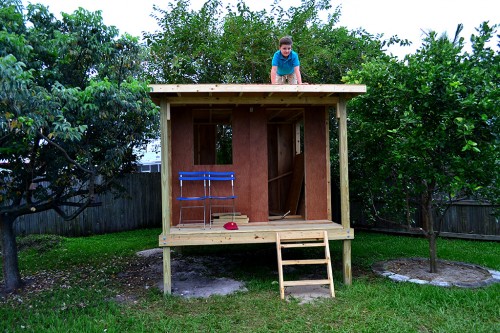 Grandson Malcolm’s eighth birthday is coming up this weekend. His party was held at a skating rink last year, which gave me an excuse to write about the rinks in Cape and Jackson. His parents, Matt and Sarah, teamed up with Neighbor Will Hill (he’s the guy without a shirt) to build a “tree house” in the backyard.
Grandson Malcolm’s eighth birthday is coming up this weekend. His party was held at a skating rink last year, which gave me an excuse to write about the rinks in Cape and Jackson. His parents, Matt and Sarah, teamed up with Neighbor Will Hill (he’s the guy without a shirt) to build a “tree house” in the backyard.
